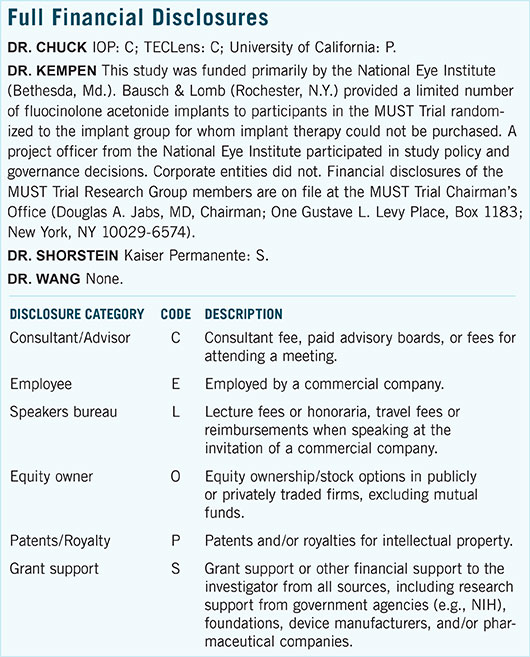Download PDF
In the years spanning 2005 to 2014, the number of corneal transplants in the United States stayed relatively constant, edging up only slightly from 44,277 to 46,513. But indications for keratoplasty, as well as the types of surgical procedures performed, changed considerably over that time, according to a retrospective analysis of annual reports from the Eye Bank Association of America.1
“This decade has not only signaled change, but a drastic one at that,” said Roy S. Chuck, MD, PhD, a report coauthor. “The field will never be the same again.”
Shifts in surgical techniques. Perhaps the biggest shift was the move by surgeons away from conventional penetrating keratoplasty (PK) to customized lamellar techniques subsumed under the endothelial keratoplasty (EK) umbrella. PK, which 10 years ago accounted for nearly all transplantations (95%), fell to 42%, while lamellar techniques jumped from 5% to 58%.
Most notably, Descemet stripping endothelial keratoplasty (DSEK) went from almost nonexistent to being the dominant EK procedure. Greater access to eye bank precut tissue probably helped foster that trend, said Dr. Chuck, who is chairman of the department of ophthalmology at Albert Einstein College of Medicine, Montefiore Medical Center.
Fuchs dystrophy now #1. Indications for keratoplasty have also changed. Dr. Chuck called it surprising and heartening that Fuchs endothelial dystrophy has surpassed pseudophakic bullous keratopathy (PBK) as an indication for corneal transplantation, bolstering the notion that cataract surgery is becoming safer. Fuchs now ranks as the most common indication for all types of transplantation together (22%), followed by PBK (12%).
Looking ahead. Going forward, Dr. Chuck predicted that the technically difficult Descemet membrane endothelial keratoplasty (DMEK) “will gain great traction,” now that eye banks are beginning to supply prepared DMEK tissue.
He did not speculate further on future developments in transplantation. “All we know is things are finally starting to change quickly,” compared with the previously slower pace.
—Miriam Karmel
___________________________
1 Park CY et al. Ophthalmology. 2015;122(12):2434-2444.
___________________________
Relevant financial disclosures—Dr. Chuck: None.
For full disclosures and disclosure key, see below.

More from this month’s News in Review